
By Linda J. Sherrard
Add in two backups in case of a widespread disaster. Many companies have an emergency call back, but if there is widespread power or cell outage due to winter events, what is the backup?
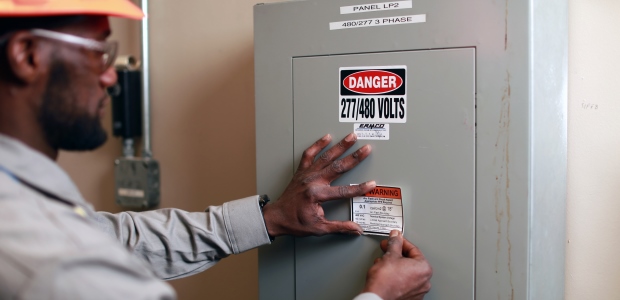
By David Weszely
Are you prepared to make the changes in your facility for the 2018 NFPA 70E updates?

By Seth Valchev
The link between fire safety and physical activity is causing health and safety experts to promote the daily use of the stairs in multi-story office buildings.
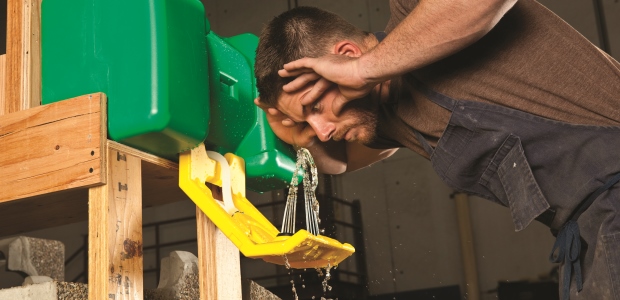
By Samantha Hoch
With OSHA fine increases of 80 percent taking effect in August 2016, violations for inappropriate or inadequate eyewash and shower equipment have resulted in penalties above $100,000.

By Catherine Maxey
Corporate-level crisis planning should become an integral part of your chemical training program—and the formula for creating an effective cross-company drill.
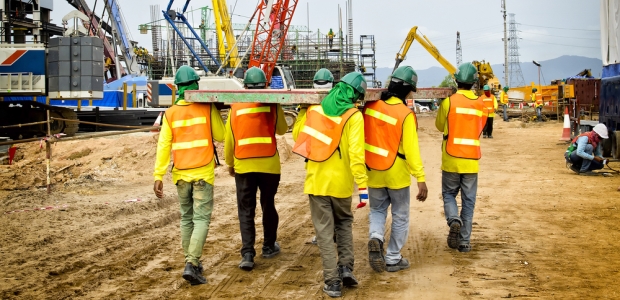
By Chuck Haling
Many of today's on-demand training solutions are highly affordable and scalable, offering hundreds of individual lessons that can be deployed to workers based on their specific training needs and requirements.
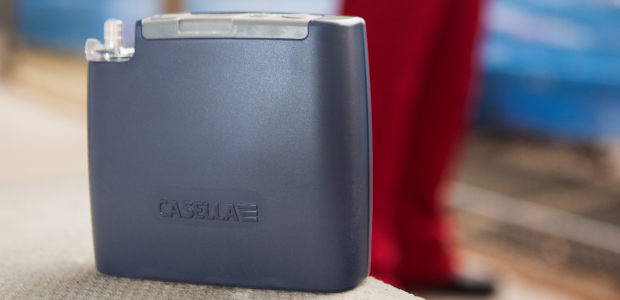
By Tim Turney
OSHA has provided three different methods for employers to ensure employees are protected.
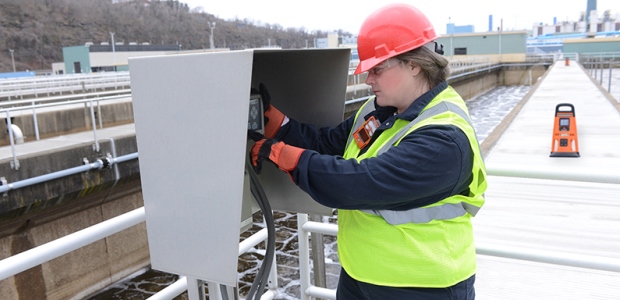
By Dave D. Wagner
Why is there so much comfort in the status quo when the people who need the protection of these products require so much more?

By Brian Dishman
The why is important for all employees and is a critical ingredient to all of your safety communications.
By Shawn M. Galloway
Which box would your employees check for each statement: Excellent? Good? Needs Improvement?
By Jerry Laws
"Whilst hearing protection provides a suitable short term solution to the 118 decibel chiming and striking of the bells, it is not acceptable for those working for long periods in the vicinity of Big Ben."
By Robert Pater
Here's the main key: To rocket results, Safety has to be compelling, not just compulsory.